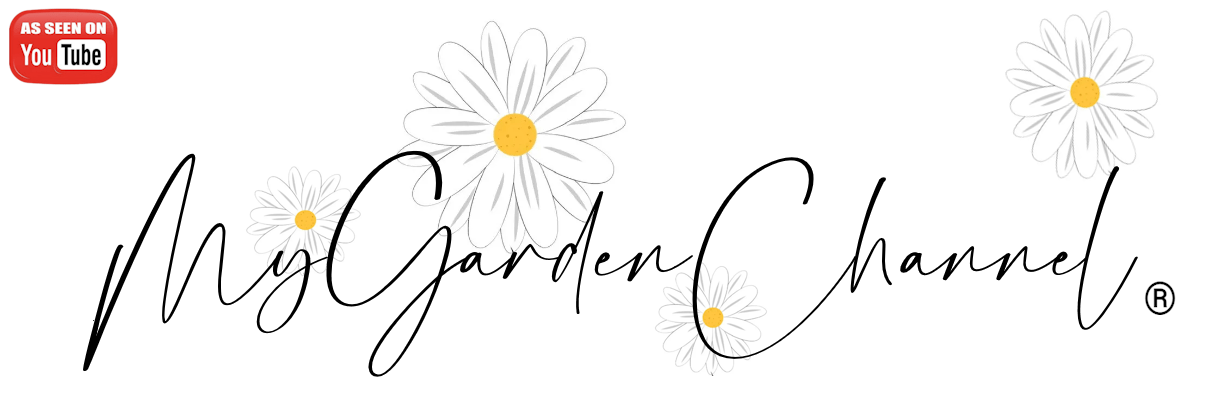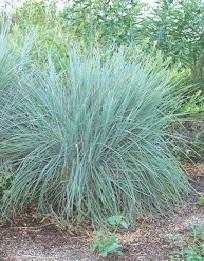Prairie Blue Grass (also known as Panicum virgatum ‘Prairie Sky’) is a cultivar of switchgrass, a warm-season, ornamental grass native to North America. This grass is valued for its upright form, blue-gray foliage, and resilience in various growing conditions. It’s often used for landscaping, erosion control, or in prairie-style gardens.
Care Guide for Prairie Blue Grass:
1. Light Requirements:
- Prairie Blue Grass thrives in full sun to partial shade.
- It prefers at least 6 hours of direct sunlight each day for optimal growth.
2. Watering:
- This grass is relatively drought-tolerant once established.
- Water regularly during the first growing season to help establish a strong root system.
- Once established, water only during dry spells, as it can withstand periods of dryness.
- Overwatering can lead to root rot, so be sure the soil drains well.
3. Soil:
- Prefers well-drained soil and can tolerate a range of soil types, including sandy or loamy soils.
- It can handle slightly acidic to neutral pH (6.0 to 7.5).
- Switchgrass is tolerant of poor soils, which makes it a good choice for low-maintenance gardens.
4. Temperature & Hardiness:
- Prairie Blue Grass is hardy in USDA zones 4 to 9, which means it can survive cold winters in a variety of climates.
- This grass thrives in warm temperatures but will also tolerate some cooler conditions.
5. Fertilizing:
- Generally, prairie blue grass doesn’t require much fertilizing. However, if your soil is poor, you can apply a light layer of compost or an all-purpose fertilizer in early spring.
- Avoid excessive fertilization, as this can result in weak, floppy growth.
6. Pruning & Maintenance:
- Cut back the grass to the ground in late winter or early spring, before new growth begins.
- This helps to remove dead or damaged foliage and makes way for fresh, vibrant growth in spring.
- The plant’s seed heads can be left for winter interest or for birds to feed on.
7. Growth Habit:
- Prairie Blue Grass grows 2 to 4 feet tall and spreads around 18 to 24 inches.
- It has a clump-forming habit with blue-green leaves that turn more golden or reddish in the fall.
- The seed heads are airy and soft, adding visual interest in late summer and fall.
8. Pests & Diseases:
- Prairie Blue Grass is relatively pest and disease resistant.
- Occasionally, you may see aphids, scale insects, or leafhoppers, but they generally don’t cause significant damage.
- It is also resistant to most diseases, including powdery mildew.
9. Companion Plants:
- Prairie Blue Grass works well with other native grasses, such as Little Bluestem (Schizachyrium scoparium), or wildflowers like Purple Coneflower (Echinacea purpurea), and Black-eyed Susan (Rudbeckia hirta).
- It pairs nicely with other drought-tolerant plants, creating a natural, prairie-like landscape.
Special Considerations:
- Deer-resistant: It is not typically a favorite food for deer, making it a good option for gardens in deer-prone areas.
- Attracts wildlife: The seed heads provide food for birds in fall and winter.

